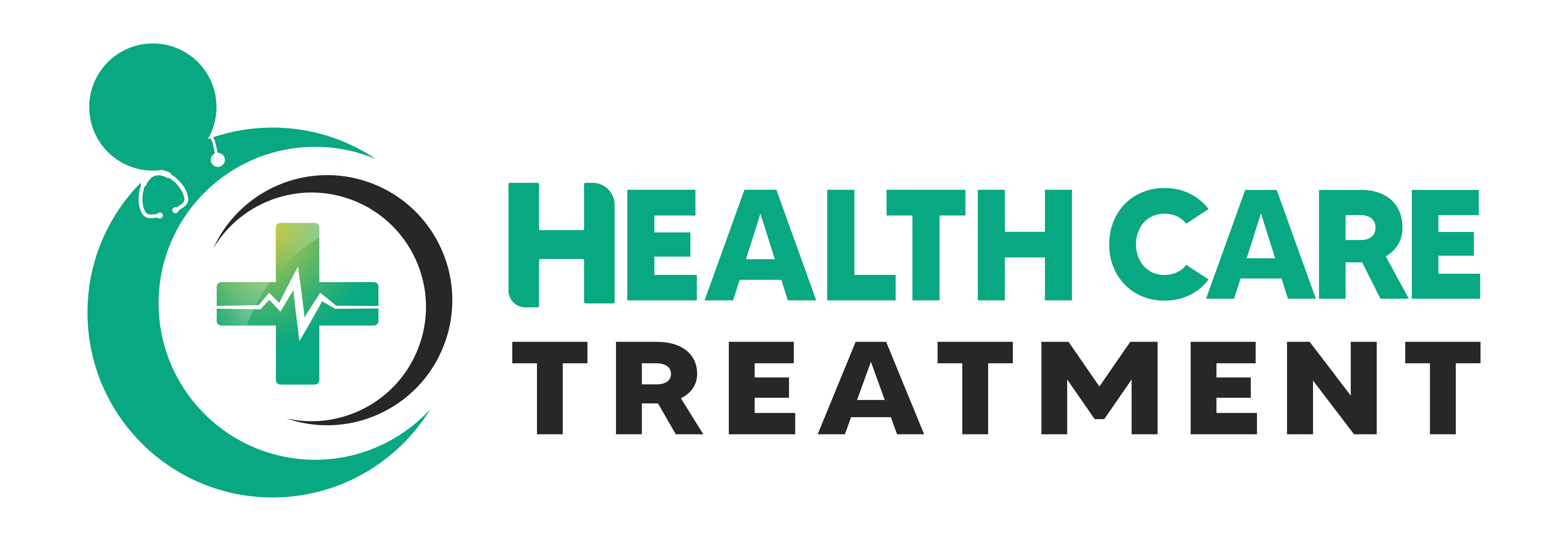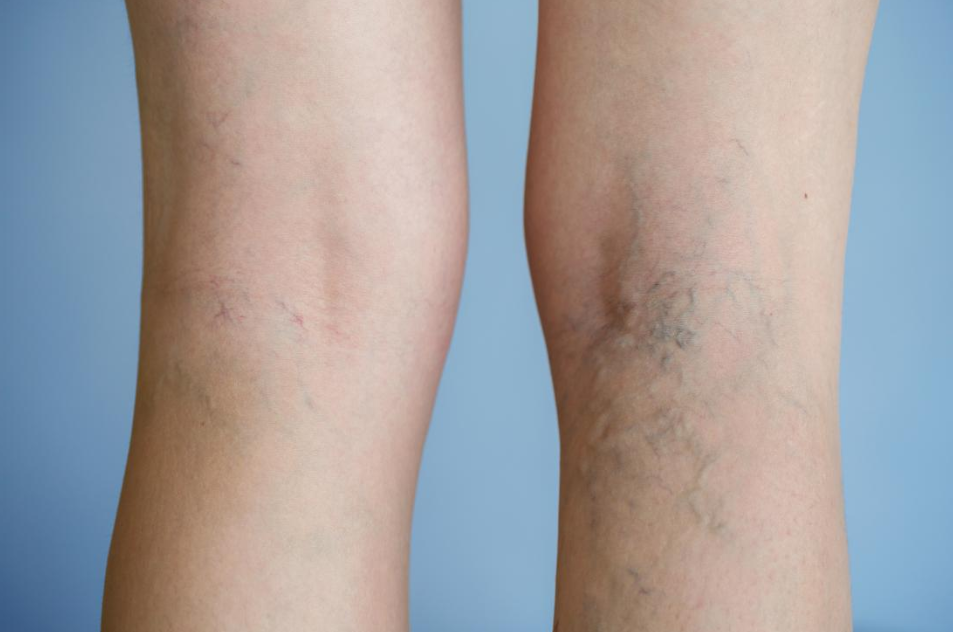Varicose veins, those unwelcome, enlarged blue or purple veins commonly appearing on legs, can cause significant discomfort and pain. They stem from weakened valves in the veins, causing blood to pool rather than flow efficiently back to the heart. But fear not; whether through lifestyle changes or medical treatments for aching varicose veins, there are ways to manage and prevent them.
Lifestyle Changes to Prevent
Stay Active
Regular physical activity improves blood circulation and vein strength. Low-impact exercises such as walking, swimming, or cycling are especially beneficial for those with these veins as they alleviate pressure on the veins.
Watch Your Weight
Extra weight can put additional strain on your veins. Maintaining a healthy body weight through a balanced diet and regular exercise can help prevent these veins from forming or worsening.
Elevate Your Legs
When resting, elevate your legs above your heart. This simple action aids blood flow, reducing the burden on your leg veins.
Dress for Success
Avoid high heels and tight clothing around the waist and legs, as they can restrict blood flow. Flat shoes and loose-fitting clothes promote better circulation.
In-Home Remedies for Relief
Compression Therapy
Compression stockings are a non-invasive option to relieve aching and discomfort from these veins. They promote blood flow by applying pressure to the leg, helping veins move blood more effectively.
Good Posture and Movement
Promote healthy blood flow by avoiding sitting or standing for long periods. Take breaks to walk around, and when sitting, use a footrest to elevate your legs.
Advanced Treatment Options
Consultation with Vein Specialist
For some, in-home treatments and lifestyle changes are not enough. A specialist can advise on advanced treatments, such as VenaSeal for varicose veins, a minimally invasive procedure that closes off problem veins using a medical adhesive.
Minimally Invasive Procedures
Procedures like sclerotherapy and endovenous laser therapy are other popular treatments, but the introduction of venaSeal for these veins offers a virtually pain-free and quick recovery option that seals veins with a specialized adhesive. This procedure is highly effective for patients seeking less invasive options.
Conclusion
Aching varicose veins should not be dismissed as merely a cosmetic concern. Left untreated, they can progress to more severe health issues such as venous leg ulcers or deep vein thrombosis. For those who need more assistance, medical treatments are available. The VenaSeal procedure, for instance, is a groundbreaking treatment offering relief to those struggling with this condition. With the correct approach, you can reduce discomfort and improve your vein health.

